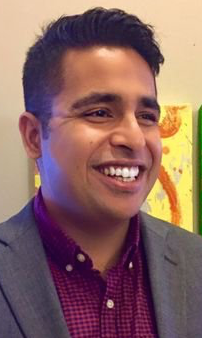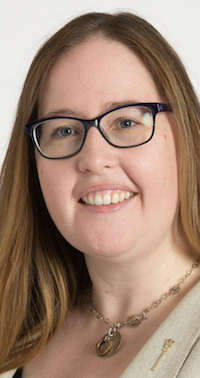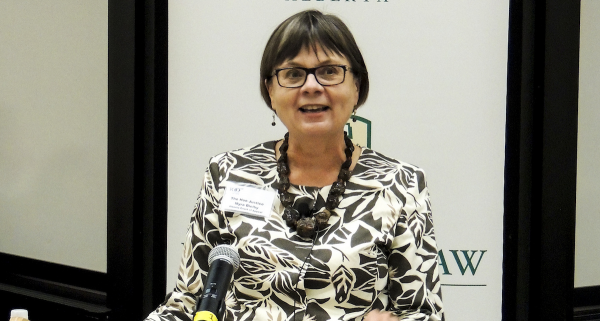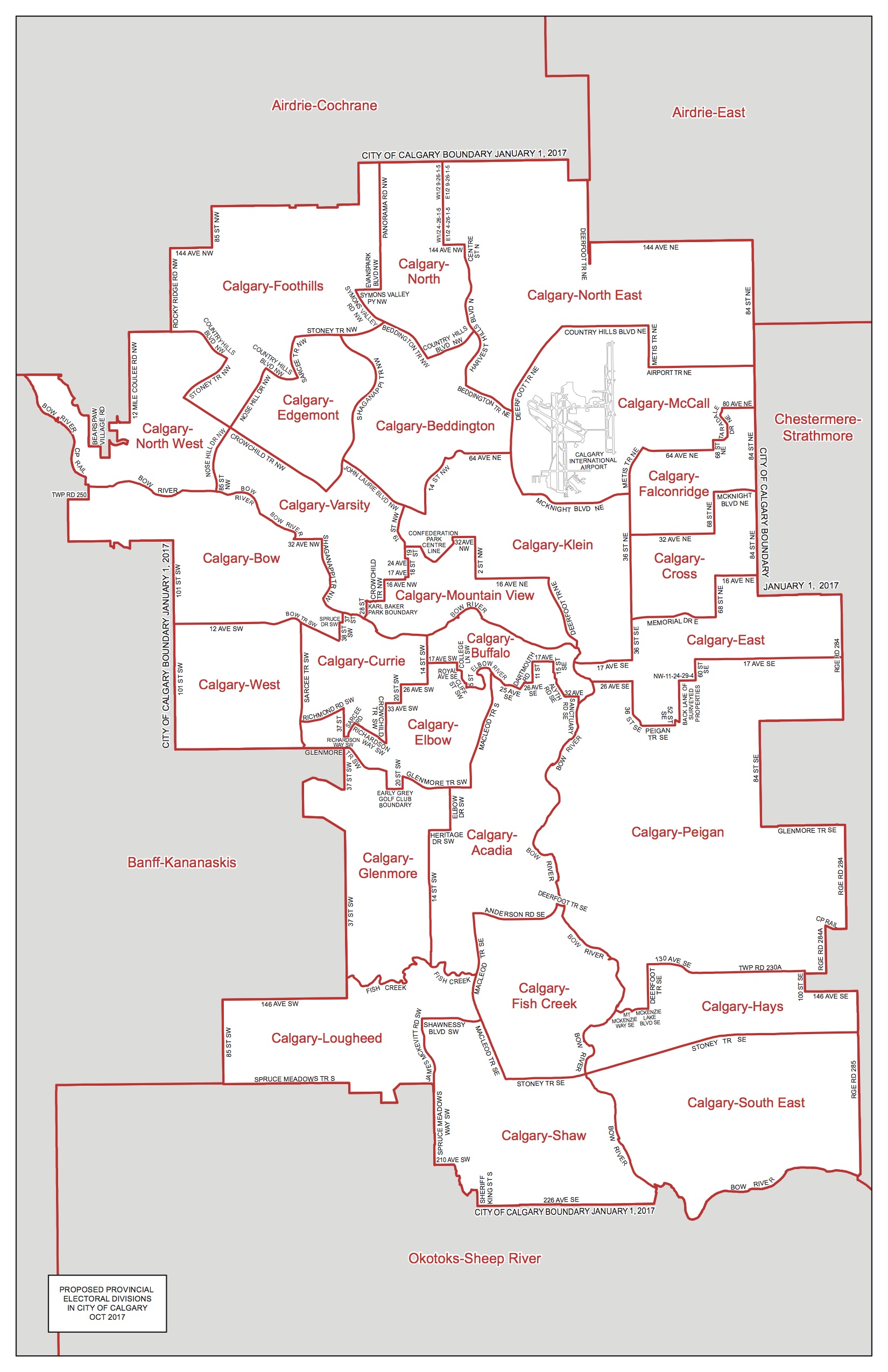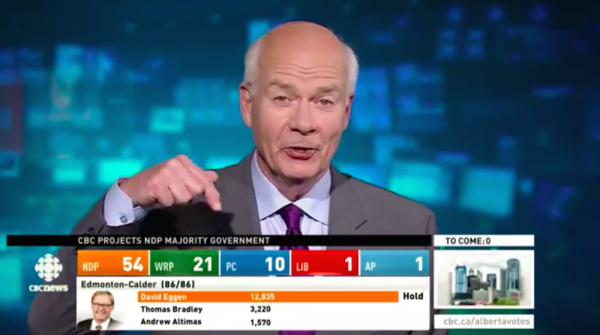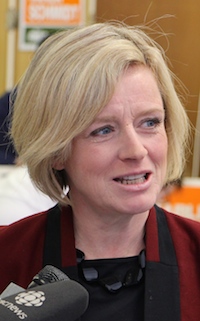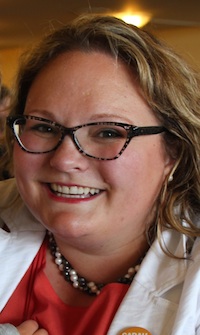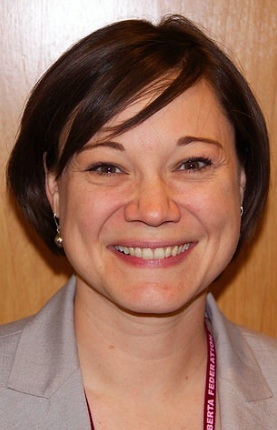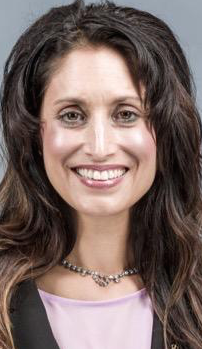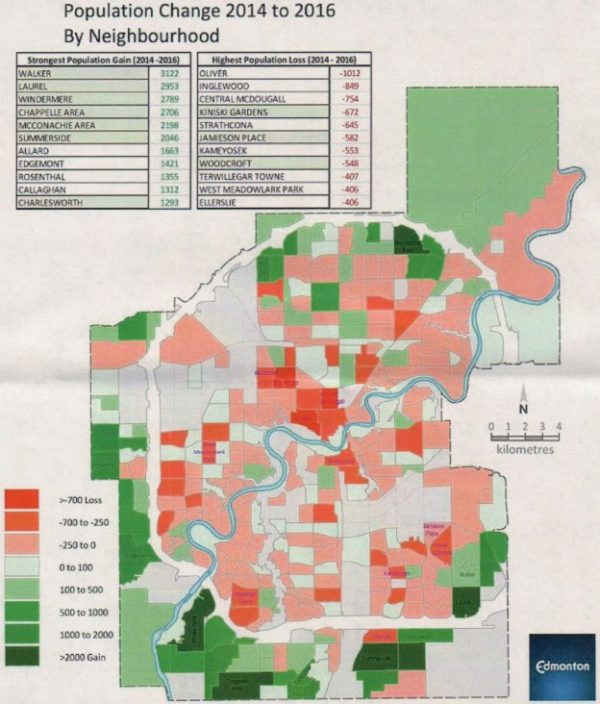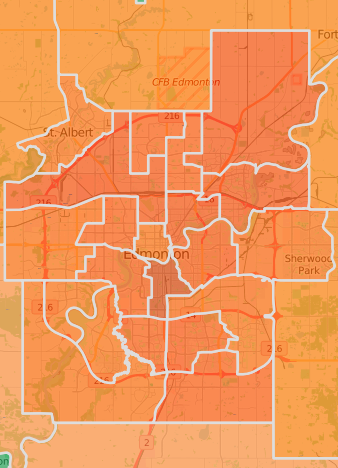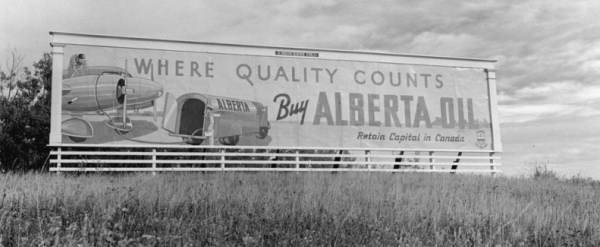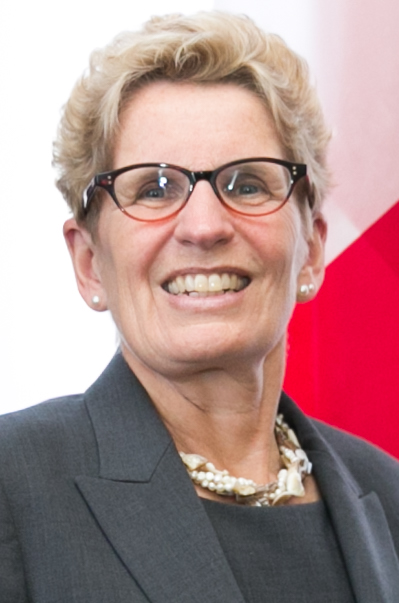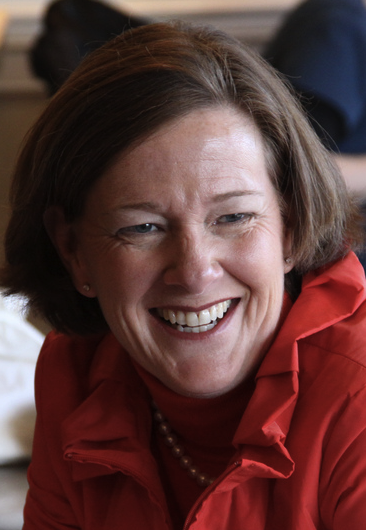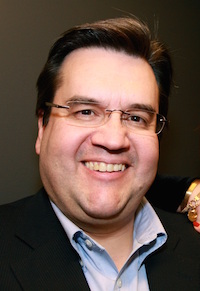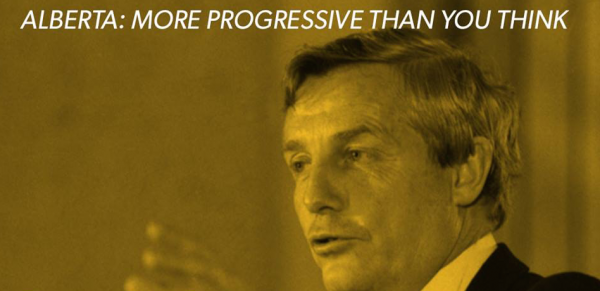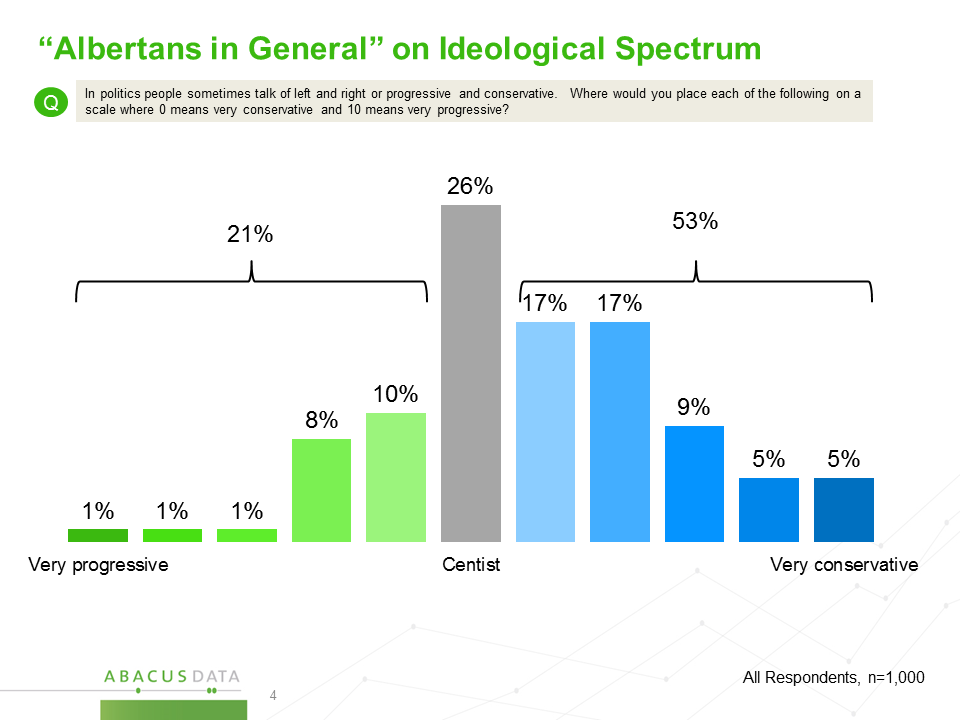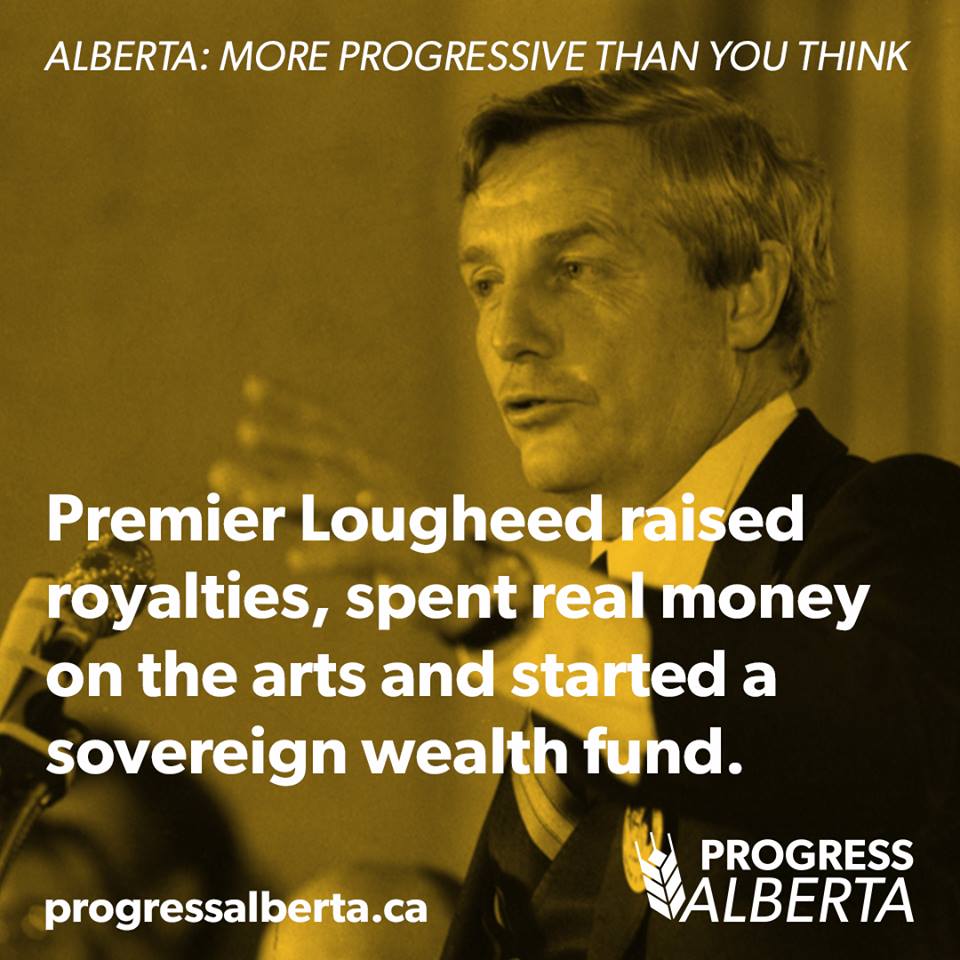Photo: Alberta political party nomination candidates: Mike Walsh, Stephanie McLean, Leela Aheer and Craig Coolahan.
Here is the latest update to the list of candidates running for political party nominations ahead of Alberta’s expected 2019 provincial general election:
Calgary-Buffalo: Megan Brown is seeking the United Conservative Party nomination int his downtown Calgary district. Brown is the executive director of Common Sense Calgary, a conservative municipal political group with strong ties to Preston Manning’s Manning Centre. She ran as the Wildrose Party candidate in Calgary-Elbow in the 2015 election.
Calgary-Currie: MLA Brian Malkinson is seeking the New Democratic Party nomination. Malkinson was first elected in 2015, unseating first-term Progressive Conservative MLA Christine Cusanelli by 2,810 votes.
Calgary-Klein: MLA Craig Coolahan is seeking the NDP nomination. Coolahan was first elected in 2015, defeating two-term PC MLA Kyle Fawcett by 3,220 votes.
Calgary-Falconridge: Calgary realtor Pete de Jong is seeking the UCP nomination.
Calgary-North: City of Calgary lawyer Paul Frank is seeking the UCP nomination. Frank previous ran for the federal Conservative Party nominations in Calgary-Rocky Ridge in 2014 and Calgary-Heritage in 2017. He also ran as an Independent candidate in Alberta’s 2012 Senator-in-Waiting election.
Calgary-South East: Cameron Davies is seeking the UCP nomination. Davies works as a Constituency Assistant in the office of Calgary-Midnapore Member of Parliament Stephanie Kusie. Davies was the president of the Wildrose Party association in this district, briefly ran for the Wildrose nomination ahead of the 2015 election, served as campaign manager for Prasad Panda’s by-election bid in 2015, and was campaign co-chair for Jeff Callaway’s brief anti-Brian Jean campaign for the UCP leadership.
Calgary-Varsity: MLA Stephanie McLean is seeking the NDP nomination. McLean was first elected in 2015 and currently serves as Minister of Status of Women and Minister of Service Alberta.
Chestermere-Strathmore: MLA Leela Aheer is seeking the UCP nomination in this newly redrawn metro Calgary district. Aheer was first elected as a Wlidrose MLA in the Chesteremere-Rockyview district in 2015.
Edmonton-City Centre: LGBTQ activist Dylan Chevalier is seeking the Liberal Party nomination in this downtown Edmonton district. The area was represented by Liberal MLA Laurie Blakeman from 1997 until 2015, when she was unseated by New Democrat David Shepherd.
Edmonton-West Henday: MLA Jon Carson is seeking the NDP nomination in this newly redrawn west Edmonton district. Carson was first elected in 2015 in the Edmonton-Meadowlark district. In 2016, Carson introduced a private members bill intended to enhance consumer protection for automobile repairs.
Innisfail-Sylvan Lake: Mike Walsh is seeking the UCP nomination in this central Alberta district. Walsh is the former president of the now-defunct Progressive Conservative association and is currently serving his second term on Penhold Town Council. The district is currently represented by former Wildrose and current UCP MLA Don MacIntyre (known for his climate-change denying views).
Vermilion-Lloydminster-Wainwright: Lloydminster-based financial advisor Garth Rowswell is seeking the UCP nomination. Rowswell served as campaign manager for Wildrose candidate Danny Hozak in the 2015 election and he is currently the secretary of the local UCP association.
If you know any candidates who have announced their intentions to stand for party nominations, please send me an email at david.cournoyer@gmail.com. I will add them to the list.



